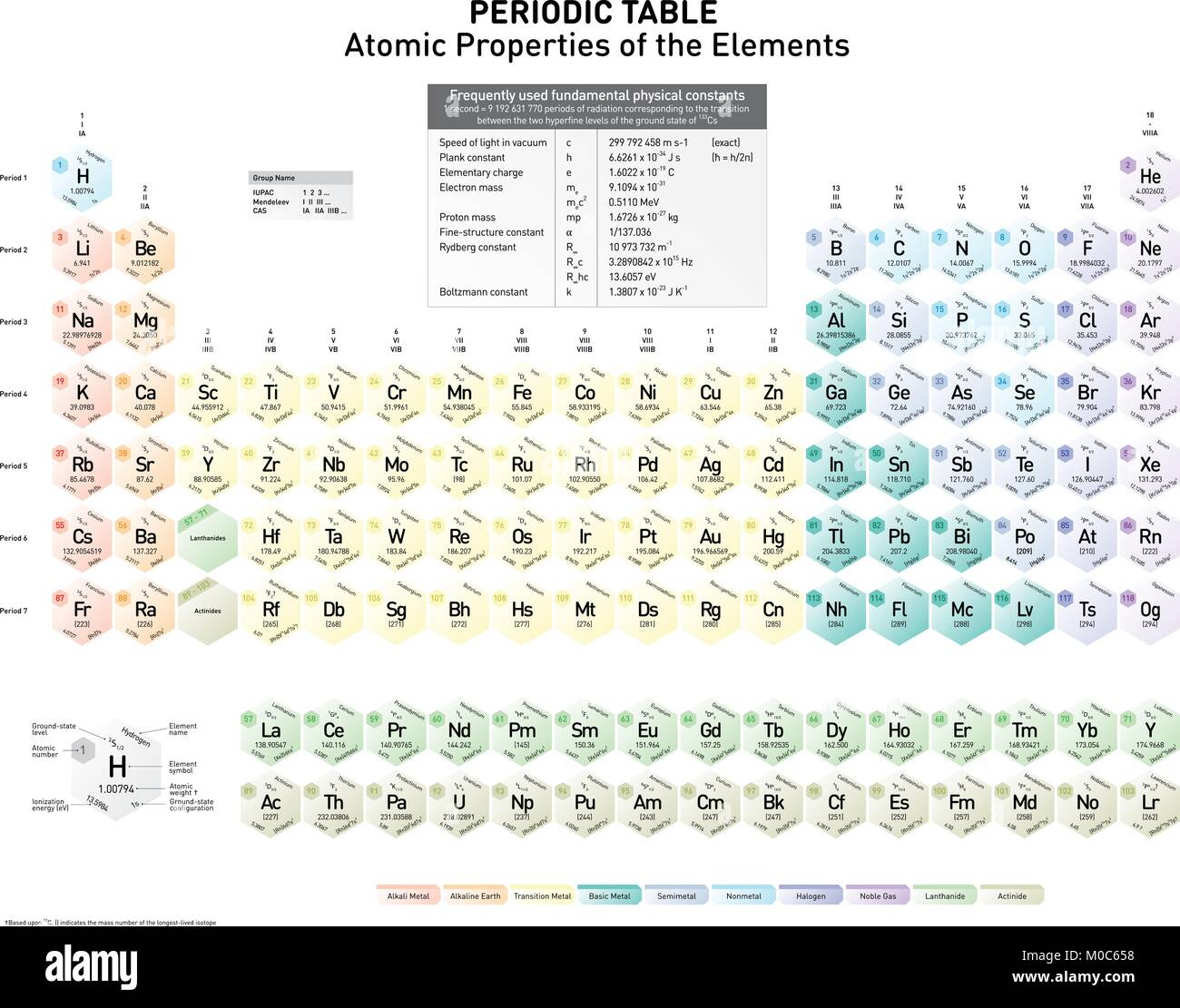

The active Mn 4+ is generated in situ from the Mn 2+-containing MnO x nanoparticles and electrolyte. Here we present high-performance aqueous zinc–manganese batteries with reversible Mn 2+/Mn 4+ double redox. Multi-electron redox is considerably crucial for the development of high-energy-density cathodes. Usually Manganese involved into coordination and activation of catalytic groups of proteins during catalytic act.ĭaily human organism have to consume 3-8 mg of Manganese.There is an urgent need for low-cost, high-energy-density, environmentally friendly energy storage devices to fulfill the rapidly increasing need for electrical energy storage. Manganese is a cofactor for many enzymes involved in such processes as photosynthesis, photosynthesis of nucleic acids, respiration and many others. In water the average Manganese abundance is quite low, only about 10 -6 - 10 -5 g/l, the vast majority of Manganese is deposited into insoluble manganese-iron crystalline compounds.ĭespite quite low abundance of Magnesium in living organisms, only about 10 -3 - 10 -5 per cents with slight increasing of concentrations in non-chordates organisms, Manganese plays crucial role organisms functionality. Pyrolusite is a mineral consisting of MnO 2 manganese dioxide, main ore for manganese production. Ilmenite-Mn is a titanium-iron ore with appreciable quantities of Manganese. Usually Manganese in lithosphere presents with +2 oxidizing state ( Mn +2). In the magmatic rocks the Manganese abundance can vary between 0.06-0.2% by mass. The average Manganese abundance in the Earth crust is 0.1%. Such an iron is especially suitable for being treated by the Bessemer process, as the great heat of oxidation of manganese facilitates the maintenance of the requisite high temperature. White crude iron generally contains larger or smaller amounts of it.
State of mn element free#
Manganese is not used in the free state, but is employed in large quantities as an addition to iron. By the dissolution, the corresponding manganous salt is formed. It is very readily dissolved by acids, and in this respect probably takes the first place among the heavy metals even in dilute acetic acid it evolves hydrogen with great vigour. Manganese free from carbon can now be readily obtained by reduction with aluminium, according to the method of Goldschmidt, and manganese is thus found to be a reddish-grey, lustrous metal which is harder than iron and keeps very well in the air, whereas the carbonised metal which was formerly known oxidised very rapidly. The metal fuses with still greater difficulty than iron, and, like the latter, it unites at a high temperature with carbon, so that the element obtained by the reduction of the oxygen compounds with charcoal always contains a fair quantity of carbon. Metallic Manganese Pure manganese was formerly little known. Gahn from Sweden, produce metal Magnesium by heating Pyrolusite with carbon. In 1774 Scheele, scientist from Sweden, was the first to recognize Manganese as a new element, rather than another iron modification. In Georgia Pyrolusite was used for many centuries as an iron hardening material.

This black stone is manganese dioxide, MnO 2 or Pyrolusite. Pliny, an ancient naturalist and natural philosopher mentioned the black stone, which was used for the glass decolorizing by oxidizing ferrous iron to ferric iron in the molten glass. Transitional metal Manganese was known from ancient Greece time.
State of mn element series#
By reason of this it exhibits very diverse relations of affinity and isomorphism whereas the lowest series of compounds is allied to magnesium, the following ones exhibit isomorphic relations with aluminium, titanium, sulphur, and chlorine. There is, accordingly, a correspondingly large number of different salts containing manganese. It forms not less than five oxidation stages, the lower members of which form bases, the higher, acids. In its chemical relations, manganese is characterised by the very great diversity of its compounds. It is found chiefly as manganese peroxide, Mn O 2, the many applications of which we have repeatedly noted. In nature, manganese occurs very widely distributed, but is much less abundant than iron. For the rest, the corresponding compounds of manganese and iron are very similar to one another, and in many cases are isomorphous. It differs from it in being more readily oxidised, and in its higher compounds being more readily formed than in the case of iron. The element manganese is very closely related to iron. Element Manganese, Mn, Transition Metal About Manganese


 0 kommentar(er)
0 kommentar(er)
